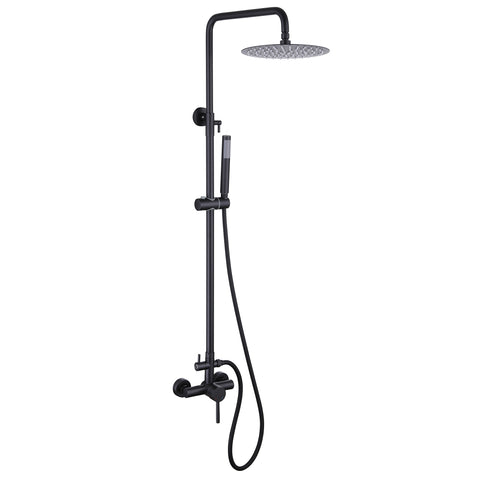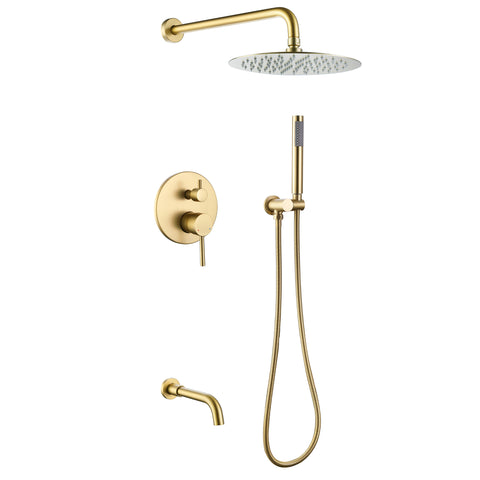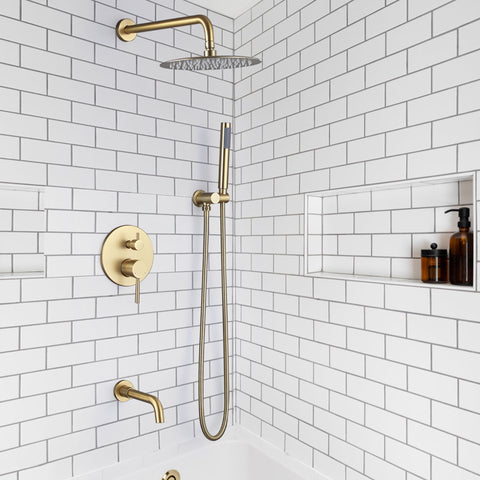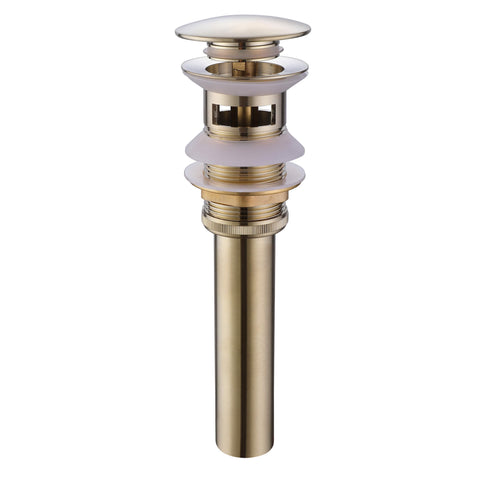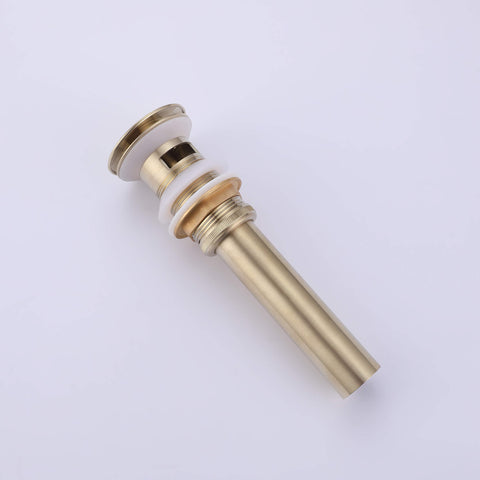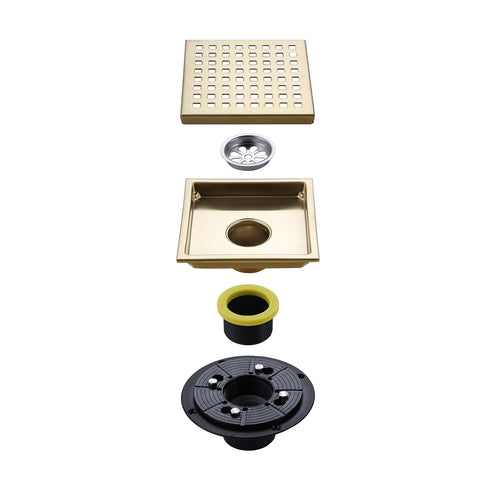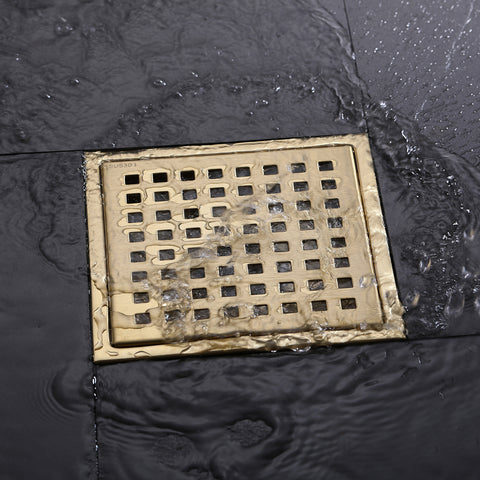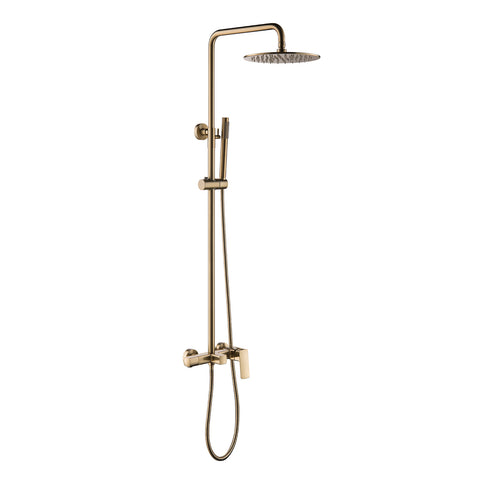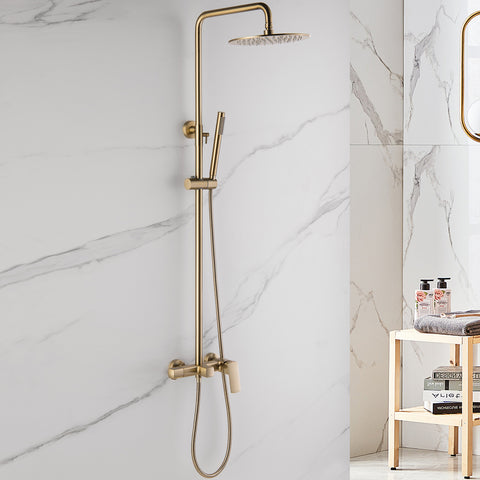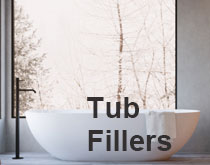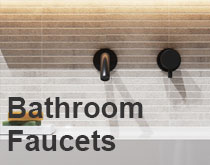Best Methods for Repairing a Shower Faucet
A malfunctioning shower faucet can disrupt your daily routine with issues like dripping, inconsistent temperatures, or low water pressure. The good news is many common problems can be fixed yourself with a few tools and some patience. This guide will help you identify and repair typical shower faucet issues so you can restore a comfortable, consistent shower experience without needing a plumber.
1. Identify the Problem
Common shower faucet problems include dripping, temperature fluctuations, low water pressure, or complete loss of water flow. Identifying the specific issue is the first step to choosing the right repair method.
2. Gather Your Tools
You’ll typically need:
- Adjustable wrench
- Screwdrivers (Phillips and flat-head)
- Replacement parts (cartridges, washers, O-rings, etc.)
- Plumber’s tape
- Bucket or towel to catch water drips
3. Turn Off the Water Supply
Before starting repairs, turn off the water supply to the shower to prevent leaks or flooding. Shut-off valves are typically located near the shower or in your main bathroom water supply line.
4. Repairing a Dripping Faucet
A dripping faucet can waste water and increase utility bills. To fix it:
- Remove the handle by unscrewing it with a screwdriver or Allen wrench.
- Replace the worn cartridge or washer with a new one (refer to your faucet manual for details).
- Reassemble the faucet, turn the water supply back on, and check for leaks.
5. Fixing Temperature Fluctuations
If your shower fluctuates between hot and cold unexpectedly:
- Adjust the faucet’s temperature limiter or anti-scald valve, if equipped.
- Inspect and replace the cartridge or valve assembly if damaged or worn.
- Reassemble and test for stable temperature control.
6. Resolving Low Water Pressure
For low water pressure issues:
- Remove the showerhead and clean it thoroughly; mineral deposits often clog the openings.
- Check for blockages in the showerhead or faucet body.
- If the problem persists, replace the showerhead or consult a plumber to inspect the plumbing system.
7. When to Call a Professional
Issues like leaks behind the wall or damaged pipes often require professional help. If you’re unsure of your skills or face a complex repair, consult a licensed plumber to prevent further damage.
Conclusion
A functional shower faucet is key to an enjoyable shower. By diagnosing the issue and applying the right repair techniques, many common problems can be resolved on your own. Always prioritize safety—if you’re uncomfortable with any step, don’t hesitate to contact a professional. With these tips, you can restore your shower to optimal performance and enjoy a relaxing experience again.
